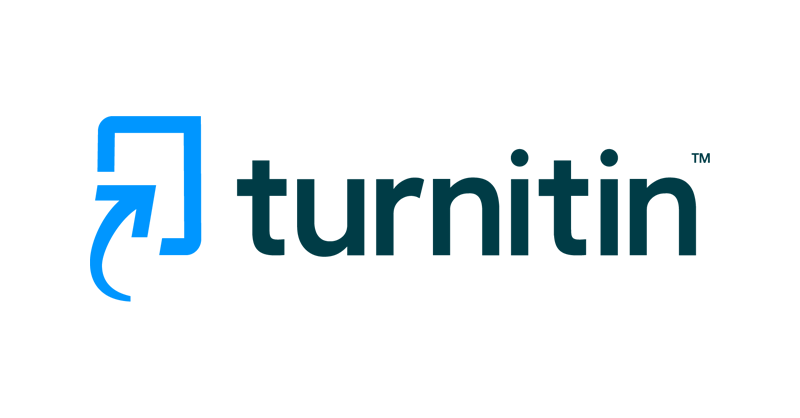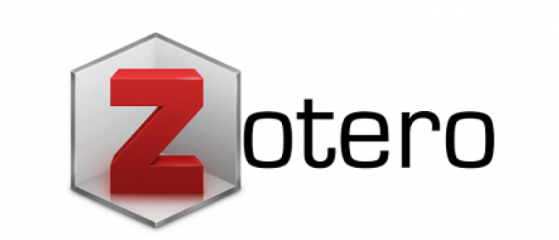Optimizing Waste Collection Routes in Purwokerto using the Dijkstra Algorithm
DOI:
https://doi.org/10.63222/pijar.v1i2.21Keywords:
Dijkstra Algorithm, Route Optimization, Transportation, Waste ManagementAbstract
Waste is a complex problem that has the potential to cause environmental degradation if not handled properly. Waste management in Banyumas Regency, particularly in the Purwokerto area, encounters several fundamental limitations, including the limited capacity of the transportation fleet and the lack of an integrated route distribution system. Based on the documentation of the Banyumas Regency Environmental Service, of the total daily waste generation amounting to 600 tons, only 45% is transported to the Final Disposal Site (TPA), highlighting the urgent need for optimization in the waste management system. This study applies the Dijkstra Algorithm using the greedy principle, which weights the distances between points and calculates the minimum value to develop a simulation for determining the shortest route for transporting waste from the Temporary Shelter (TPS) to the TPA in Purwokerto. The results of the computational analysis indicate that the optimal route from the Environmental Service office to the TPA/PDU Tanjung is 10.553 kilometers long, involving eight stages of algorithmic iteration. This finding confirms the efficiency of the route compared to other alternatives, supporting the acceleration of waste reduction and handling targets in alignment with the Banyumas Regency's strategic policy directives
References
N. Evode, S. A. Qamar, M. Bilal, D. Barceló, and H. M. N. Iqbal, “Plastic waste and its management strategies for environmental sustainability,” Case Stud. Chem. Environ. Eng., vol. 4, no. September, 2021, doi: 10.1016/j.cscee.2021.100142.
N. P. Rizkiyah and A. P. Heriyanti, “Analysis Of Waste Management in Kledung Village Temanggung Regency,” pp. 1–8.
“Peraturan Bupati Banyumas Nomor 54 Tahun 2018 Tentang Pedoman Umum Tugas Pembantuan Dalam Pengelolaan Sampah Rumah Tangga dan Sampah Sejenis Sampah Rumah Tangga Kepada Desa Dalam Wilayah Kabupaten Banyumas,” 2018.
R. T. Hermawan, Digital Repository Repository Universitas Universitas Jember Jember Digital Digital Repository Repository Universitas Universitas Jember Jember, no. September 2019. 2017.
L. Y. Sipayung, C. R. Sinaga, and A. C. Sagala, “Application of Dijkstra’s Algorithm to Determine the Shortest Route from City Center to Medan City Tourist Attractions,” J. Comput. Networks, Archit. High Perform. Comput., vol. 5, no. 2, pp. 648–655, 2023, doi: 10.47709/cnahpc.v5i2.2699.
Wamiliana, “Implementasi Metode Dynamic Programming pada Aplikasi Penentuan Jarak Minimum,” vol. 1, no. 1, pp. 10–14, 2018.
I. P. W. Gautama and K. Hermanto, “Penentuan Rute Terpendek dengan Menggunakan Algoritma Dijkstra pada Jalur Bus Sekolah,” J. Mat., vol. 10, no. 2, p. 116, 2020, doi: 10.24843/jmat.2020.v10.i02.p128.
I. Arthalia Wulandari and P. Sukmasetyan, “Implementasi Algoritma Dijkstra untuk Menentukan Rute Terpendek Menuju Pelayanan Kesehatan,” J. Ilm. Sist. Inf., vol. 1, no. 1, pp. 30–37, 2022, doi: 10.24127/jisi.v1i1.1953.
K. Hermanto and E. Ruskartina, “Optimization of Garbage Truck Routes in Sumbawa Besar City Shift II Using GVRP,” J. UJMC, vol. 4, no. 2, pp. 15–23, 2018.
R. Addanki, S. P. Kasiviswanathan, A. McGregor, and C. Musco, “Efficient intervention design for causal discovery with latents,” 37th Int. Conf. Mach. Learn. ICML 2020, vol. PartF168147-1, pp. 51–61, 2020.
Downloads
Published
Issue
Section
License
Copyright (c) 2025 Ades Tikaningsih (Author)

This work is licensed under a Creative Commons Attribution-NonCommercial-ShareAlike 4.0 International License.









